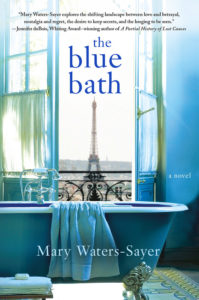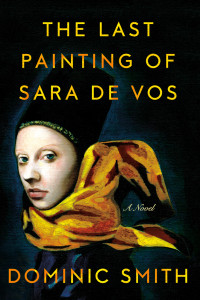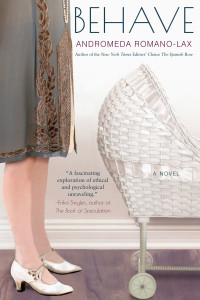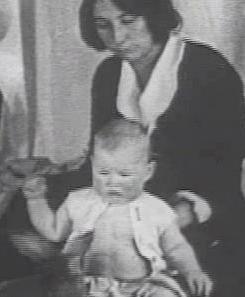 “Love Me Tender” – A mother, a daughter, Elvis and a Southern journey (Beaufort SC to Macon GA to Fairhope AL to Tupelo MS to Memphis TN; daughter’s trip in 2015, mother’s late seventies): Summer’s coming and I’m in a Southern state of mind. So let’s take a “blues and rockabilly” road trip down South searching for Elvis, and a whole lot more.
“Love Me Tender” – A mother, a daughter, Elvis and a Southern journey (Beaufort SC to Macon GA to Fairhope AL to Tupelo MS to Memphis TN; daughter’s trip in 2015, mother’s late seventies): Summer’s coming and I’m in a Southern state of mind. So let’s take a “blues and rockabilly” road trip down South searching for Elvis, and a whole lot more.
We’re not taking off from Virginia where I live. It’s the “shallow South,” says Cory Beth, one of our two female Last Ride to Graceland narrators. We’re setting off from the “Old South,” from Beaufort, South Carolina “so beautiful it hurts,” where Cory lives and sings. She’s 37, or as Cory perceives herself, a “coming-on-forty loser who lives in a trailer and plays waterfront bars and sleeps with the wrong men.” Whatever you think of Cory, I’ll bet you’ll be rooting for her.
Our destination is Memphis, Tennessee. In case there’s anyone left on this planet who doesn’t know, this is where Elvis Presley’s mansion, Graceland, sits like a king. We could take a direct route, make it in one long 10-hour day. Pack for five days though for Cory intends to meander, allowing us to traverse “clichés about the angry South” and some of its “fairyland” scenery. Somewhere along our route we’ll cross the “invisible line between the South and The South,” as we travel through the “acceptability of Georgia,” to the “anxiety of Alabama,” and “then the complete throwing-in-the-towel-ness of Mississippi.”

Elvis Presley, 1970
By Ollie Atkins, chief White House photographer at the time, via Wikimedia Commons
Cory may be acting on impulse and gut, but she’s making this trip and following this roundabout itinerary on a strong hunch and a few clues. “Born 7 months, 9 days after my momma left Graceland,” she thinks Elvis is her father. At 18, her mother, Laura Berry, was a backup singer in Elvis’ touring entourage, one of eight singers, four white, four black. Elvis called her Honey Bear. That was the last year of Elvis’ iconic life, 1976 to 1977, a period “between the hippie years and disco years.”
So our journey moves back and forth in time, told in Cory and Honey’s fictionalized Southern voices. The Honey chapters are trips down memory lane, when Elvis captured America by storm and then “Elvis did such a good job of breaking America’s heart.” He was the “first artist to sing like all of America, not just half of it. Proof that he had come to bring us happiness and heartache in the same spin of the turntable.” Honey’s roller-coaster year reflected that too: from the highs of learning “how to glitter” to the lows of seeing “what happens when a poor boy from Tupelo, Mississippi, gets all the money and sex and fame in the world and still isn’t happy.”
All this means Kim Wright’s fourth novel poignantly dishes out Southern soul and winning rhythmic prose that I can’t stop quoting, as she pays tribute to Elvis at 42 (the last year of his life, the same age his mother Gladys died, part of his vulnerabilities), down to imagining the last tragic moments of his lonesome life even though he was “constantly surrounded by people,” including Honey at Graceland. The music you’ll hear brings us to “the kind of music that gave him his start … Like he was circling back. Like he knew he didn’t have long.”
Before we head off, a few more things to know about Cory and Laura/Honey. They both look like Priscilla Presley. Laura was a preacher’s daughter, so she had (and Cory has) what Elvis had: a “gospel tremor in his voice.” Here’s how Kim Wright movingly describes that sound:
“It’s the voice of anybody who started out in the church or maybe even just in the South, the voice of someone who can’t even say the goddam word home without lifting the note just a little bit right at the very end, as hopeful as a dog at a rest stop, sure as shouting that waiting out there somewhere, somehow, is an angel just for them.”
Key to the timing of our trip is seven months ago Laura died a “ragin’ Cajun kind of cancer that takes you from daiquiris to the funeral home in five months flat.” The novel opens when the “good man” that raised Cory, the only father she’s known, Bradley Ainsworth, is on his annual fishing trip and seems to have forgotten his waders. Could Cory ship them to Florida? An odd, expensive request. Cory suspects he planned this intentionally, because when she enters his fishing shed, which she never had an occasion to do, it’s not just big old waders left behind but a perfectly preserved 1973 Stutz Blackhawk – Elvis’ car – the car he actually drove on August 16, 1977, the last night of his life. Cory figures Honey drove it back home when she fled Graceland – pregnant. Cory guesses Bradley has decided it’s finally time she discovers the truth about her biological father.
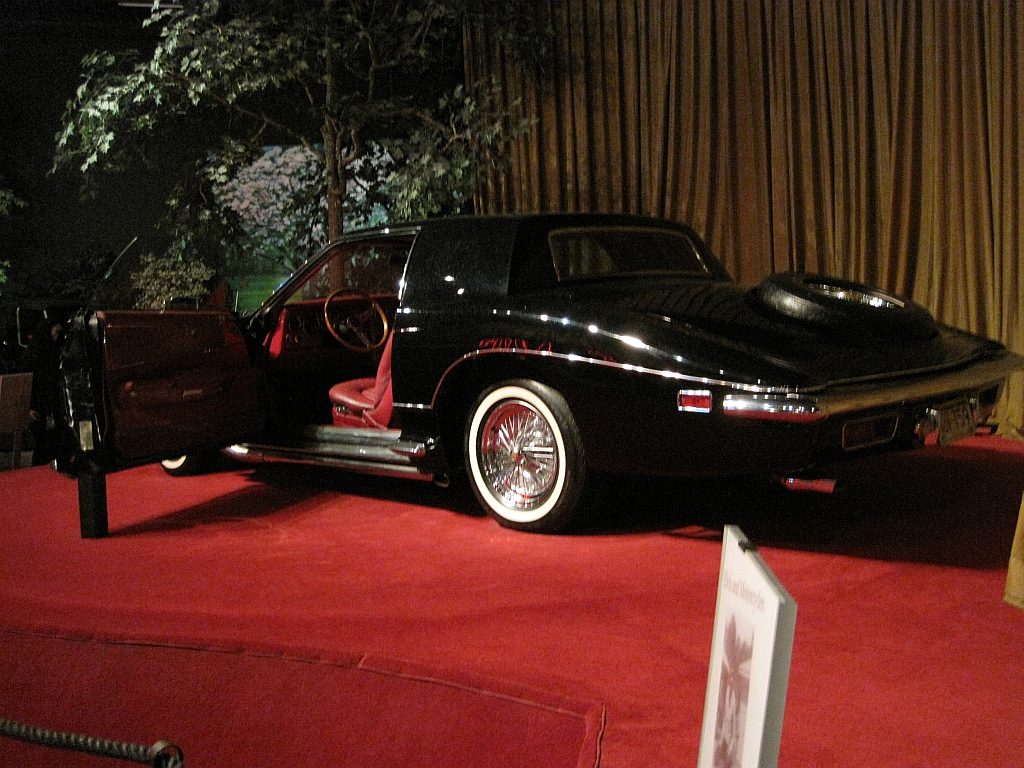
Elvis’ 1973 Stutz Blackhawk
By Thomas R Machnitzki (thomasmachnitzki.com), via Wikimedia Commons
So climb into this rare “muscle car.” Slide into its soft, red leather seats. Gawk at what looked like “real twenty-four carat gold” interior trim (it was 18-carat). Turn on the eight-track player. Hear a melody reminiscent of “Sitting on the Dock of the Bay,” crooned by Otis Redding. It’s marked demo. Recognize two of the three harmonizing voices: the King’s “stripped-down version from the early years, even before he started recording at Sun Records” – one of many Elvis tidbits revealed on our trip. The other familiar voice is Honey’s; the unfamiliar one Cory assumes is her mama’s backup singer friend, Marilee. Notice the trash in the car. A BBQ napkin from a place called Doozy’s. A receipt from Tupelo, Elvis’ birthplace. Clues – and a car that makes you feel like the “whole world is vibrating” – guide the roads Cory will be taking. Pure, escapist fiction.
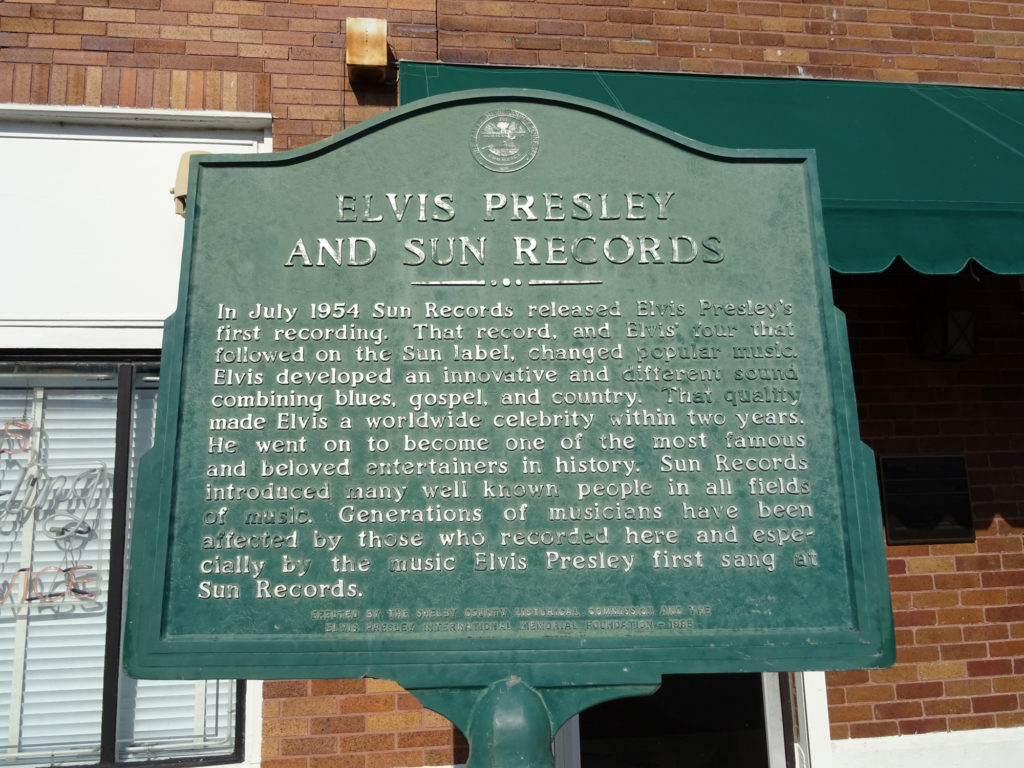
Historical Marker
By Spudgun67, via Wikimedia Commons
Time to let Cory take the wheel. Be confident Cory can competently steer this “big 425 engine” that guzzles gas (the real car got 8 miles to the gallon) along a fortuitous path. The strangers she meets, the coincidences that happen are planted for more good reasons.
Soon you’ll be traveling with another companion: a coon dog Cory names Lucy. Not a typical name for a male dog. Then again, this isn’t an ordinary trip.
Since the point of a car adventure is the unexpected journey, you’re on your own from here, like Cory was. She set off to find her father; discovers some of Honey, some of herself. So sit back, and enjoy the memorable ride.
Lorraine
